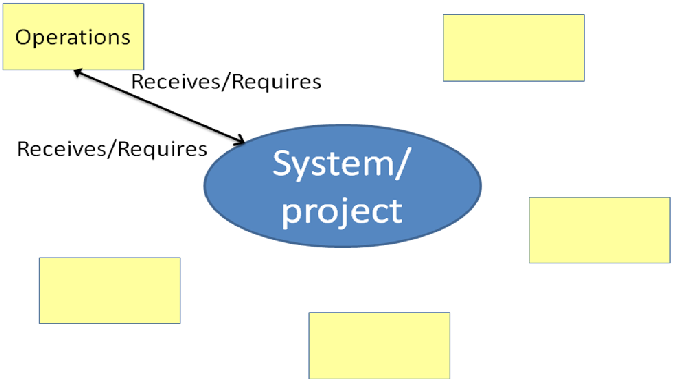May 21, 2015
How to Identify Stakeholders?
A common problem in requirements management for IT systems is that you overlook some stakeholders.
Unfortunately, development teams often realize this problem late in the process, which means costly rework and client dissatisfaction. In this article you will learn how to use a workshop to perform stakeholder analysis.
Identify stakeholders
Some common stakeholder groups include:
- Customers
- Customers’ customers
- Users
- Developers
- Marketers
- Product Managers
- Testers
- Authorities/regulators
- Laws/company lawyers
This list can help you to identify stakeholders, but because they are different for every system, you need to conduct a stakeholder analysis, preferably in the form of a facilitated workshop.
Your participants might include people who were involved in a feasibility study, or representatives from both the client and the system provider. You can start by writing up the name of the project or system in a circle in the middle of a whiteboard.
Let the participants brainstorm about all the possible stakeholders. They should write the name, role, or organization of each stakeholder on a post-it note and place it on the whiteboard around the circle.
How to conduct a stakeholder analysis:
- Draw an arrow between each stakeholder and the project.
- Divide participants into groups and distribute the stakeholders between the groups.
- Give the groups 30 minutes to discuss what each stakeholder gets or requires from the project, and what the project needs from or gets from the stakeholder.
- Gather all the participants together and have them present their findings.
- Write down what the stakeholder requires or receives from the project at the end closest to the stakeholder, and what the project requires or receives from the stakeholder at the end near the project.
- After all groups have presented and your workshop is complete, you may have produced a table similar to this:
|
Stakeholder |
Stakeholder gets/needs from the project |
Project gets/needs from the stakeholder |
|
Operations |
Information on actions that should be taken in the case of an error |
Guidelines for operations documentation |
Share article
